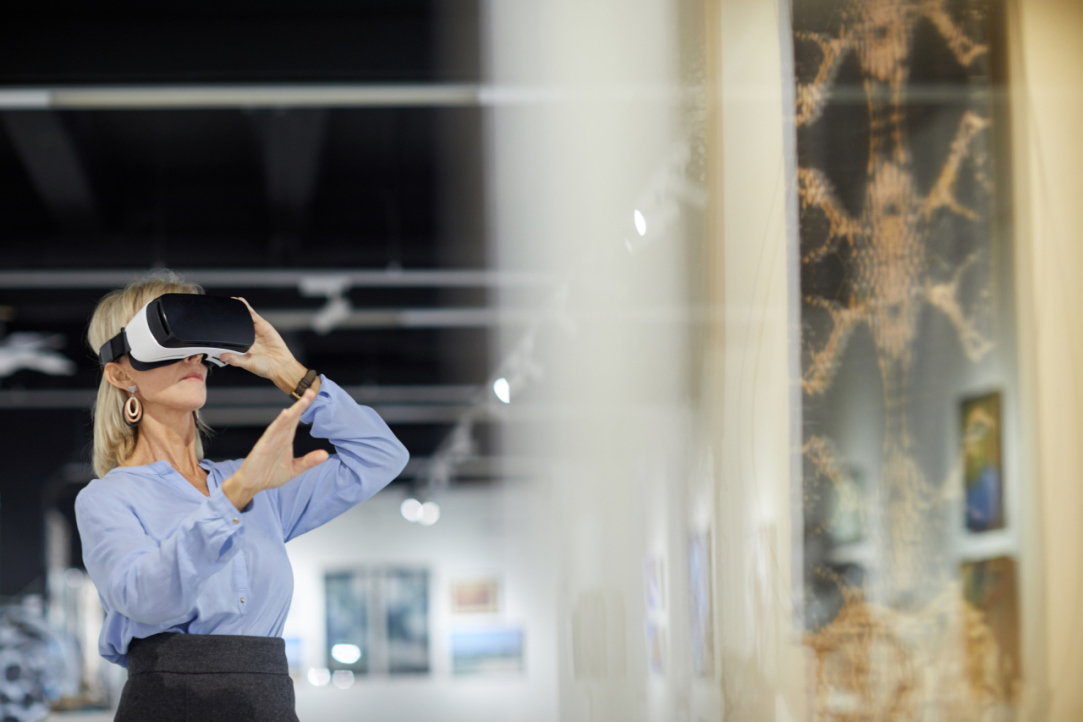Museums Set to Diversify Visitation Formats after the Lockdown

Researchers at the HSE Laboratory of Cultural Economics (LCE) in St. Petersburg studied museums’ visitation policies during the lockdown measures. From June 1 – 9, 2020, the Laboratory of Cultural Economics joined the Russian Union of Museums to conduct a survey of 230 museums.
The main goal of the study, ‘Museums and the Public: How to Reopen Museums After the Lockdown’, was to determine museum’s preparedness for implementing various measures to ensure the safety of visitors as social distancing requirements continue during the pandemic. At the same time, the sharp fall in museums’ revenues over the last few months has increased the need for additional sources of income, which could partly compensate for losses incurred due to decreased ticket sales.
The survey determined that implementing excursion routes remains the most popular approach: 86.5% of museums would prefer this. Under the current limitations, many museums are putting educational and thematic routes in place to ensure patrons remain sufficiently distanced from one another. At the same time, over 50% of museums are going to introduce more innovative measures, such as games, quests, and creative workshops. A new trend identified by the survey is that many museums, particularly large ones, are going to introduce visiting sessions and limit the number of tickets sold for a specific day or hour. The vast majority of museums will not be extending their opening hours: currently, over 70% do not intend to do so.
Methods for renewing operations while ensuring visitor safety
- Excursion programmes
- Educational routes and lectures
- Thematic routes
- Games, quests
- Creative workshops
- Film screenings
- Limiting the number of tickets sold for a specific time
- Isolated routes
- Mini-concerts, theatre performances
- Performances by artists and scientists
- Expanding visiting hours
- Opening routes that are ‘hidden from the visitors’
The main conclusions from the survey are that museums are prepared to diversify and seek out new ways to serve their visitors while ensuring their safety during the pandemic, but that there are considerable differences among museums in terms of which approaches they will implement due to variations in infrastructure and staff limitations.
According to the study authors, their recommendations will be all the more relevant to museums when they are transitioning from one phase of the quarantine life to another. Their recommendations may also be useful for museums that are trying to make up for losses incurred during the lockdown. ‘This study may help museums understand how to build relations with visitors not only in the near future, under the pandemic-related restrictions, but in the long-term, when they will have to diversify the ways in which they interact with visitors,’ says Valery Gordin, Head of the Laboratory of Cultural Economics. ‘The variety of these activities will help attract the numerous online visitors they gained during the lockdown to their onsite exhibitions.’
Mikhail Piotrovksy, Director of the State Hermitage Museum and President of the Russian Union of Museums, praised the results of the study and said that the recommendations are particularly relevant as the quarantine policies are gradually lifted and museums reopen for visitors.
See the full study: Museums and the Public: How to Reopen Museums After the Lockdown

